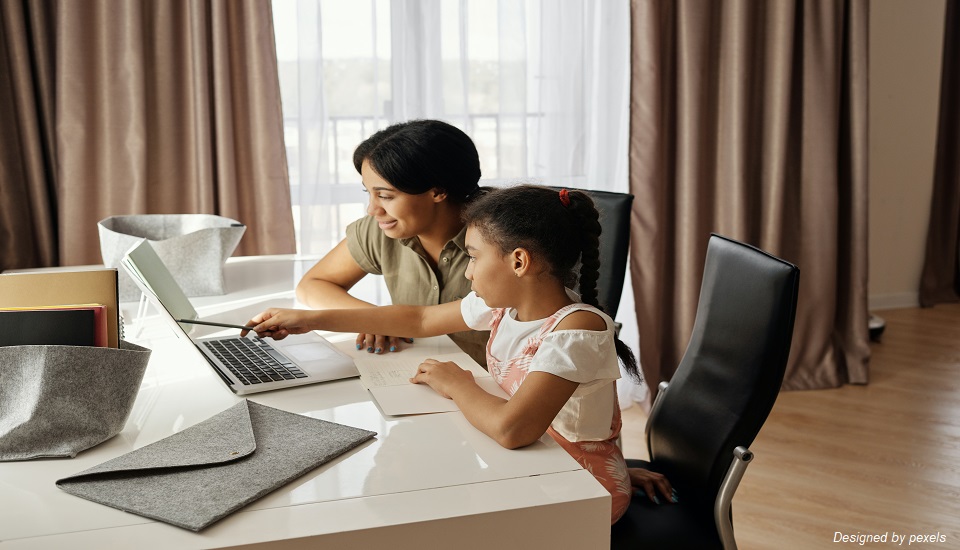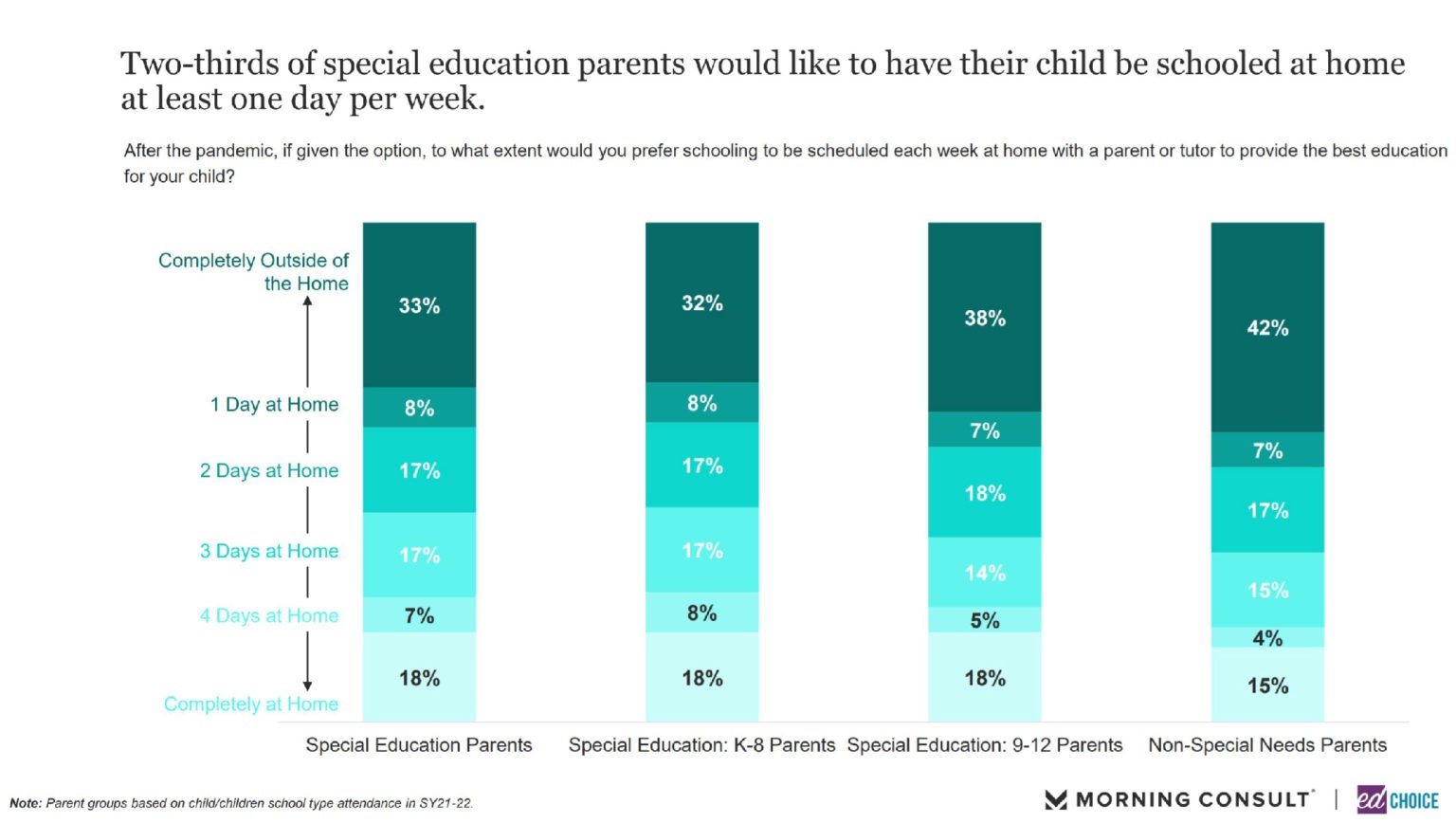The Ultimate Guide to Helping Your Child with Autism to Thrive in Remote Learning
18th August 2023

In general, parents play a vital role in the life of children with special needs, but after the pandemic, parents got extra responsibility on their shoulders to fulfill. After the pandemic, parents had to take the responsibility of teaching especially those parents who have children with autism to take care of. According to edchoice.org one survey, it has been found that almost two-thirds of special education parents prefer at least one day per week to have their child be schooled at home.

Creating a proper remote learning for students with autism environment is not an easy task and it brings lots of responsibility as well to the parents, but those parents who have pursued courses like online autism courses know really well how to educate children with autism.
However, in this blog post also we will get to know how every parent of children with autism can create remote learning for students with autism environment with easy-to-implement tips and strategies.
Before moving to the topic, can we ask you a question? Do you follow us on Social Media? We regularly share upgraded educational content, tips, feedback, and more. Check us out by clicking the profiles here - Facebook / Twitter / LinkedIn / Pinterest / Instagram / YouTube
So, without any further delay, let’s get started.
Effective Tips for Creating Remote Learning for Students with Autism Environment
1. Creating a Dedicated Learning Space
At home, one of the important things for parents is to create a distraction-free learning space and environment for their children with autism. Creating this space will help children to focus on learning without any distractions. Below we have shared some tips to create a dedicated learning space:
i. Choose a Quiet Space: Find a quiet place or a corner in your home where your child with autism can fully concentrate on their study.
ii. Organize Materials: Make sure to keep all the learning materials of your children such as- books, stationery kits, and notebooks within their reach easily.
iii. Consider Sensory Needs: For your children with autism make sure to keep the learning environment comfortable and calming after keeping your children’s sensory sensitivities.
iv. Minimize Distractions: In today’s digital world, keeping children away from distractions is very necessary but it’s not an easy task, however, you can keep away any technology or any distracting items away from your children's reach during learning.
2. Establishing a Daily Routine
Creating a consistent daily schedule can provide structure and predictability for your child. It helps them understand what to expect throughout the day and reduces anxiety. Here are some steps to establish a daily schedule:
i. Plan Regular Breaks: Integrate regular breaks into the schedule to prevent fatigue and allow your child to recharge.
ii. Include Preferred Activities: Incorporate activities your child enjoys to motivate them and make learning more engaging.
iii. Maintain a Routine: Stick to a consistent routine by establishing set times for waking up, meals, and bedtime.
iv. Use Visual Timers: Visual timers can help your child understand the duration of each activity and manage their time effectively.
v. Flexibility and Adjustments: Be flexible and open to adjusting the schedule based on your child's needs and preferences.
If you are looking for some ideas to help your special learners’ skill and motor development and develop a teaching strategy conducive to those ideas, then have a look at this video.
3. Utilizing Effective Teaching Strategies
As a parent, you play a crucial role in facilitating your child's learning. Here are some effective teaching strategies to support your child during remote learning:
i. Task Analysis: Break down complex tasks into smaller, manageable steps to make learning more achievable.
ii. Visual Supports: Use visual aids, such as visual schedules, charts, and diagrams, to enhance understanding and communication.
iii. Positive Reinforcement: Implement a system of rewards and praise to motivate your child and reinforce desired behaviours.
iv. Individualized Instruction: Tailor your teaching methods to match your child's learning style and preferences.
v. Multi-Sensory Approach: Engage your child's senses by incorporating hands-on activities, movement, and interactive materials.
4. Supporting Play Skills
Play skills are essential for social interaction and overall development. Here are some strategies to support your child's play skills during remote learning:
i. Structured Play Communication Boards: Utilize structured play communication boards, such as the ones available in Autism Classroom, to enhance communication and engagement during playtime.
ii. Visual Supports: Incorporate visual supports, such as visual schedules or social stories, to help your child understand play routines and expectations.
iii. Modelling and Guided Play: Demonstrate appropriate play skills and engage in guided play sessions to support your child's learning.
iv. Encourage Peer Interaction: Facilitate virtual playmates or online group activities to provide opportunities for social interaction with peers.
v. Provide Feedback and Reinforcement: Offer positive feedback and reinforcement to encourage your child's participation and progress in play activities.
5. Developing Self-Help Skills
Developing self-help skills is crucial for promoting independence and daily living skills in children with autism. Here are steps to introduce self-help skills in a routine manner:
i. Identify Targeted Skills: Determine the self-help skills you want to focus on, such as dressing, grooming, or mealtime routines.
ii. Break down Tasks: Break down each self-help skill into simple steps and teach them incrementally.
iii. Visual Supports: Use visual supports, such as visual schedules or step-by-step visual guides, to aid your child in completing self-help tasks.
iv. Repetition and Practice: Provide ample opportunities for your child to practice and reinforce self-help skills in their daily routine.
v. Celebrate Progress: Acknowledge and celebrate your child's achievements and milestones in developing the self-help skills of children.
Remote Learning Is Becoming a New Norm
After the recent pandemic, every sector got affected, especially the education sector. It forces to bring the concept of learning from home like remote learning for students with autism environment and this brings additional responsibility towards the parents to fulfill teaching and educating their children with autism so that their education is not get affected.
Many parents, who have pursued courses like online autism courses or autism courses for teachers, are being capable of bringing and creating a classroom-like environment in their home for their children with autism. By applying all the above-mentioned strategies, parents can successfully help their children with autism to continue their education without any hindrance.
We believe education should be accessible for everyone. That’s why we don’t charge for our blogs. Find the right course that will help you in your career with us, contact us at - 1800-212-6400. You can mail us at act@asiancollegeofteachers.com
Written By: Bindita Sinha